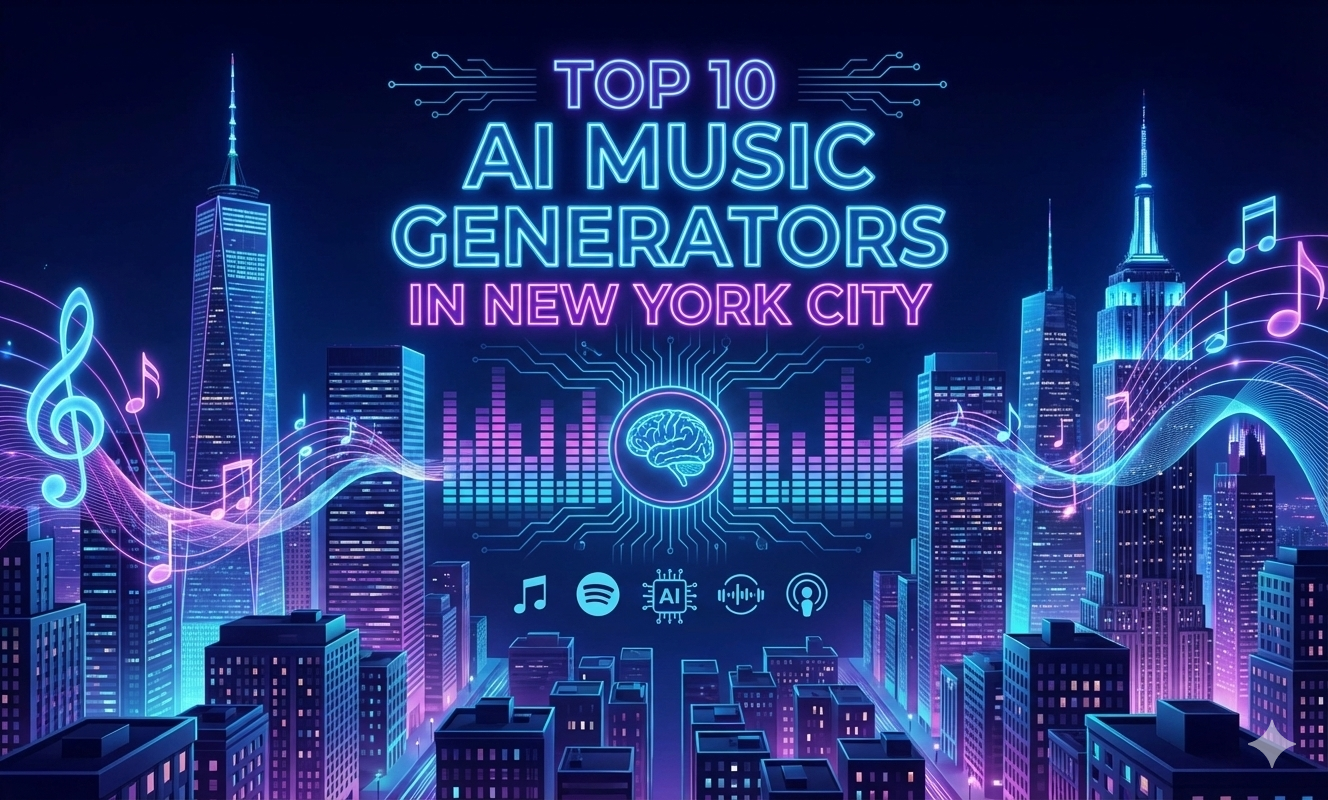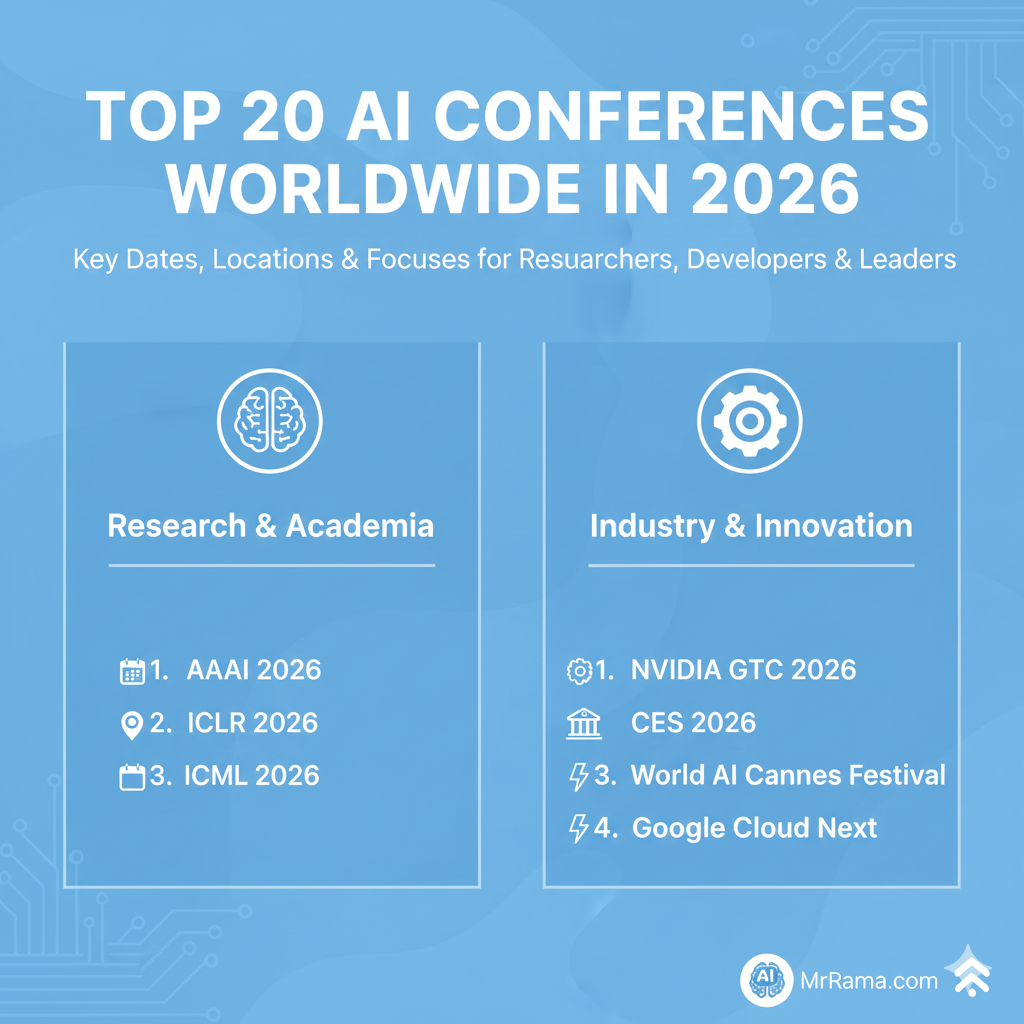Introduction
The world of sports is constantly evolving, driven by advancements in technology. One of the most exciting and transformative technologies making its mark in the sports industry is Artificial Intelligence (AI).
AI has the potential to revolutionize how sports are played, watched, and managed, creating new opportunities and experiences for the future generation of athletes and fans. In this blog, we will explore the various use cases of AI in sports and how it is shaping the future of this dynamic industry.
I. Enhancing Performance
1.1. AI-Driven Training and Coaching
Athletes are always looking for ways to improve their performance. AI-powered training and coaching tools offer personalized insights and guidance.
Wearable devices like smartwatches and sensors can collect data on an athlete’s movements, heart rate, and more. AI algorithms analyze this data to provide real-time feedback and customized training plans.
For example, an AI coach can suggest adjustments to a tennis player’s swing or a runner’s stride based on biomechanical data, helping them optimize their performance.

1.2. Injury Prevention
AI can also play a crucial role in preventing injuries. By analyzing an athlete’s biomechanics and movement patterns, AI systems can identify potential injury risks and provide recommendations to mitigate them.
Teams and athletes can use this information to adjust training routines and reduce the chances of injuries, keeping athletes in peak condition.
II. Game Analysis and Strategy
2.1. Predictive Analytics
AI’s ability to process vast amounts of data quickly allows sports teams to gain a competitive edge by predicting game outcomes. Predictive analytics models can consider variables like player performance, weather conditions, and historical data to forecast game results accurately. This information helps teams make informed decisions about strategies and player selection.
2.2. Video Analysis
AI-powered video analysis software is transforming how coaches and teams review game footage. Instead of manually tagging plays and events, AI can automatically identify key moments in a game. This saves coaches hours of work and allows them to focus on developing strategies to outwit their opponents.
III. Fan Engagement
3.1. Personalized Fan Experiences
AI is not just benefiting athletes and teams; it’s also enhancing the experience for sports fans. Streaming services and sports apps are using AI algorithms to personalize content for viewers. For instance, AI can recommend games, highlights, and statistics based on a fan’s preferences and viewing history, creating a more engaging and immersive experience.
3.2. Augmented Reality (AR) and Virtual Reality (VR)
AI-driven AR and VR experiences are bringing fans closer to the action. With AR, fans can access real-time statistics and visual overlays while watching a game. VR allows fans to virtually attend games, providing a 360-degree view from their own living rooms. These technologies provide an unprecedented level of immersion and engagement for sports enthusiasts.
IV. Refereeing and Fair Play
4.1. VAR (Video Assistant Referee)

In sports like soccer, VAR has become a game-changer. AI-powered video analysis helps referees make more accurate decisions by reviewing key moments in the game. While VAR has been met with mixed opinions, it is undeniably transforming the way referees officiate matches.
4.2. Fair Play and Integrity
AI is also used to maintain the integrity of sports. For example, AI algorithms can detect suspicious betting patterns that may indicate match-fixing. By monitoring betting markets, AI helps protect the fairness and credibility of sports competitions.
V. Injury Recovery and Rehabilitation
5.1. AI-Enhanced Rehabilitation
In addition to injury prevention, AI is aiding in the recovery process. Rehabilitation programs can be personalized based on an athlete’s injury type, progress, and individual needs. AI systems monitor an athlete’s recovery journey, adjusting exercises and timelines to optimize healing.
5.2. Wearable Health Monitoring
Wearable devices equipped with AI can continuously monitor an athlete’s health, alerting medical staff to any deviations from normal parameters. This real-time data can be crucial in identifying potential health issues early and ensuring the well-being of athletes.
VI. Athlete and Team Management
6.1. Data-Driven Decisions
AI-driven analytics assist sports organizations in making data-driven decisions. Whether it’s optimizing team travel schedules, managing player workloads, or assessing contract negotiations, AI provides valuable insights to maximize efficiency and performance.
6.2. Fan Engagement Strategies
AI can also help teams build stronger connections with their fan bases. By analyzing fan data and social media interactions, teams can tailor marketing strategies to reach the right audience and create more engaging content.
Conclusion
The future of sports is undeniably intertwined with the advancement of AI. From enhancing athlete performance and injury prevention to improving game analysis and fan engagement, AI is leaving its mark on every aspect of the sports industry.
As we look ahead, the possibilities are endless, and the next generation of athletes and fans can expect a more immersive, data-driven, and exciting sports experience thanks to the power of artificial intelligence.
Embracing AI in sports is not just about winning games; it’s about shaping the future of an industry that captivates millions around the world. So, get ready for a future where AI takes sports to new heights, creating a legacy for generations to come.
FAQs
How does AI help in enhancing athlete performance?
AI analyzes data from wearables and sensors to provide personalized training plans, real-time feedback on techniques, and biomechanical adjustments, leading to better overall performance.
Can AI really prevent injuries in sports?
Yes, AI examines movement patterns, training loads, and historical data to identify injury risks early, allowing coaches to modify routines and reduce the chances of injuries.
What role does AI play in game strategy and analysis?
AI uses predictive analytics on player stats, historical games, and external factors to forecast outcomes and suggest strategies. It also automates video analysis to highlight key moments quickly.
How is AI improving fan engagement?
AI personalizes content recommendations, provides AR overlays with real-time stats, and enables VR experiences for virtual attendance, making viewing more interactive and tailored.
Is AI used in refereeing decisions?
AI supports tools like Video Assistant Referee (VAR) in soccer and Hawk-Eye in tennis to review calls accurately, promoting fair play, though it sometimes sparks debate on its implementation.
What are the benefits of AI in injury recovery?
AI creates customized rehabilitation programs, monitors progress via wearables, and adjusts exercises dynamically for faster and safer recovery.
Does AI replace human coaches or referees?
No, AI acts as a supportive tool that provides data-driven insights, while human expertise remains essential for final decisions and nuanced understanding.
Are there privacy concerns with AI in sports?
Yes, collecting athlete data raises issues about privacy and security. Proper data handling and consent are crucial to protect personal information.
How does AI contribute to fair play and integrity?
AI monitors betting patterns to detect potential match-fixing and assists in ensuring accurate officiating through advanced review systems.
What is the future of AI in sports?
AI will likely become more integrated, offering advanced personalization, real-time tactical advice, and immersive experiences, shaping a data-driven era for athletes and fans alike




